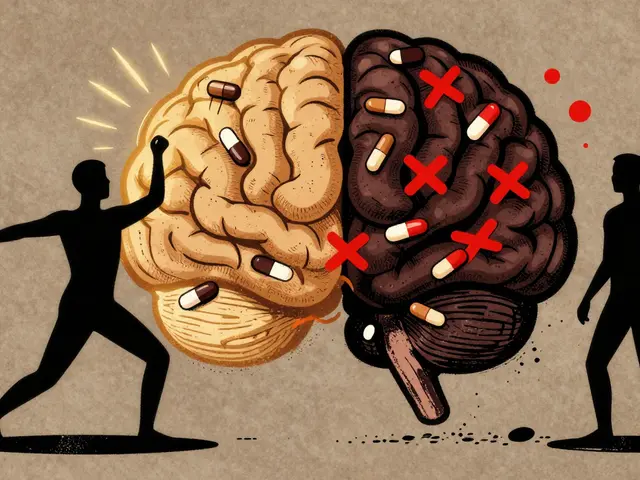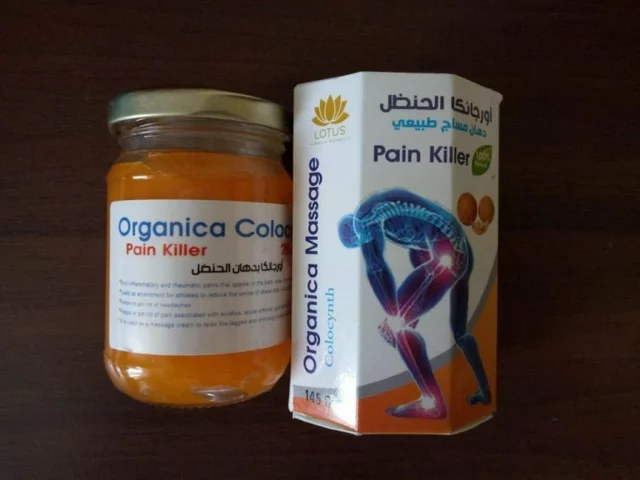minoxidilfinasteride: How to Use Minoxidil and Finasteride Together
Mixing minoxidil (topical) and finasteride (oral) is a common approach for male-pattern hair loss. They work in different ways: minoxidil helps hair follicles stay in the growth phase, while finasteride lowers DHT, the hormone that shrinks follicles. Used together, many people see better results than with either alone.
Before you start: talk to your doctor. Finasteride requires a prescription and isn’t suitable for everyone. Women who are pregnant or may become pregnant should not use or handle finasteride tablets. If you have liver issues, prostate concerns, or are taking other meds, get medical advice first.
What to expect and timelines
Expect a slow process. Early changes can show at 3–6 months, but clearer improvement usually takes 6–12 months. Shedding in the first 2–3 months can happen — that’s often the old hairs making way for stronger growth. If you stop either drug, benefits fade within months, so plan for long-term use if it’s working for you.
Practical routine: apply topical minoxidil once or twice daily to a dry scalp and wait at least 4 hours before swimming or washing. Use the dose recommended on the product. Take finasteride 1 mg by mouth once daily, ideally at the same time each day to build a habit.
Side effects and safety tips
Minoxidil side effects are usually local: scalp itching, dryness, or flaking. Switching from liquid to foam, lowering frequency briefly, or using a mild shampoo can help. Finasteride side effects are less common but can include reduced libido, erectile issues, or mood changes. Most men don’t experience these, but if you notice sexual side effects or mood shifts, discuss stopping or switching with your doctor.
Other safety notes: have a baseline PSA test if you’re older or have prostate concerns and tell your doctor about any changes in breast tissue. Store medications where children and women of childbearing age can’t access them. If you buy online, use a licensed pharmacy and keep a copy of the prescription.
Tips that actually help: take front-and-top photos every 4–6 weeks under the same light and angle to track progress. Be consistent — missed days add up. Pair treatment with a healthy routine: good sleep, balanced diet, and avoiding smoking can support hair health. If scalp irritation persists, try a different formulation or see a dermatologist for prescription alternatives like topical finasteride or low-level laser therapy.
If results stall or side effects show up, speak to a dermatologist about options: dose adjustments, switching treatments, or combining with procedures (PRP, microneedling) could help. Bottom line — minoxidil plus finasteride is one of the most evidence-backed combos for male-pattern hair loss, but safety checks and patience matter more than anything else.

In my latest blog post, I dive into the science behind Minoxidil and Finasteride, two key players in combating hair loss. I explore how Minoxidil works by improving blood flow to the hair follicles, thereby stimulating growth. Then, I discuss how Finasteride functions by preventing the conversion of testosterone to DHT, a hormone that causes hair follicles to shrink. Together, these two substances could potentially slow down, stop, or even reverse hair loss. It's a fascinating look into how science is helping us keep our locks luscious!
Continue Reading





